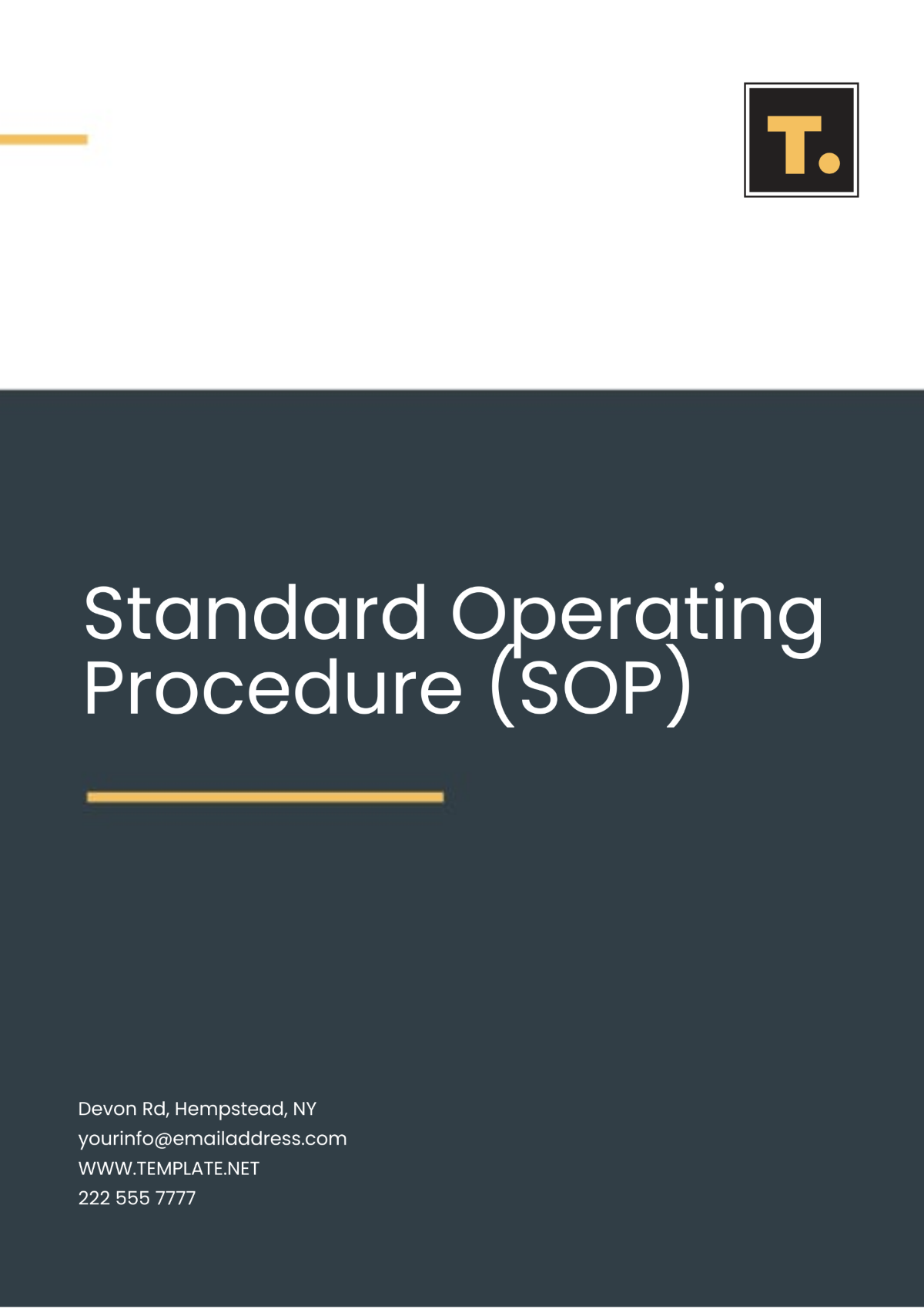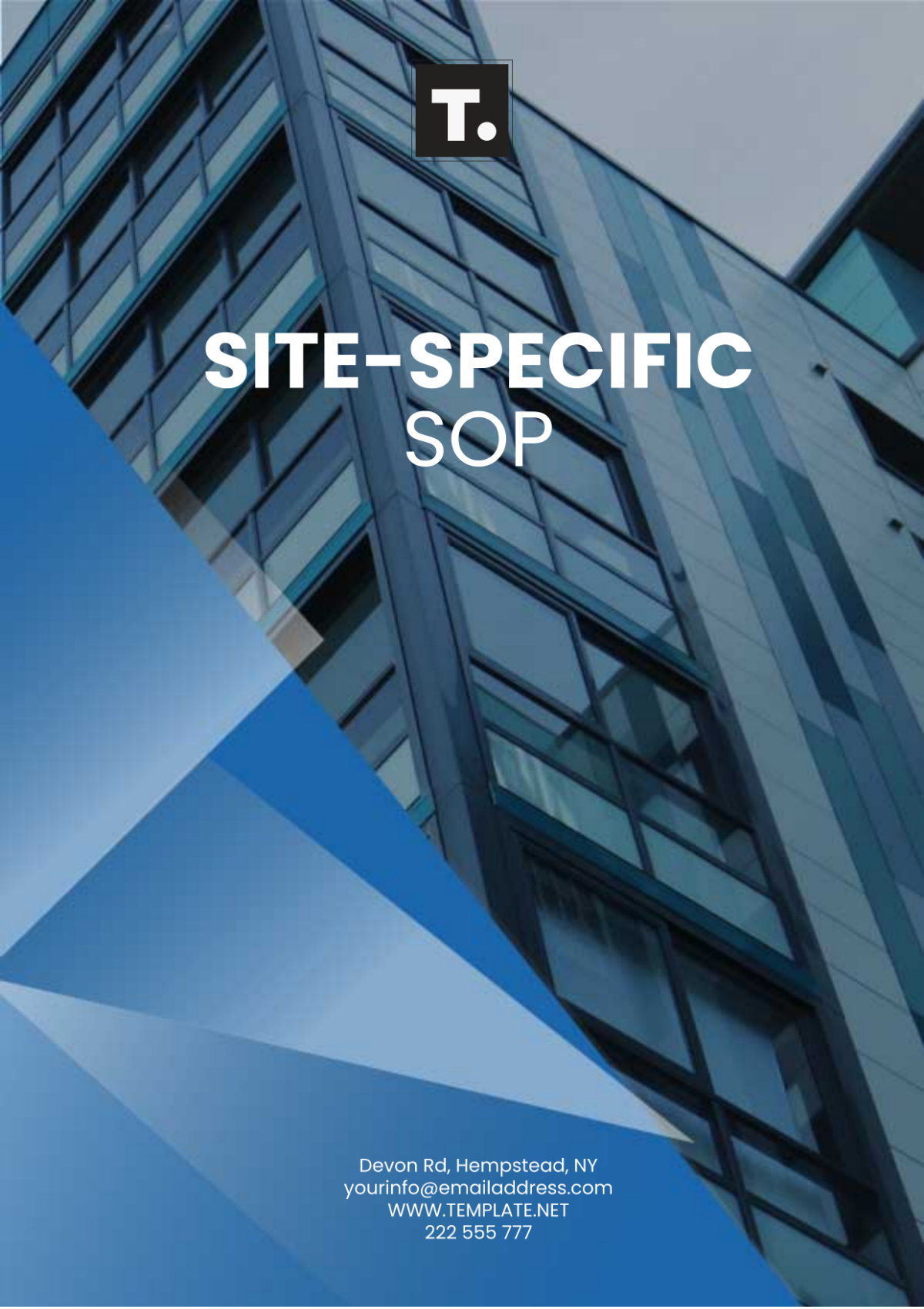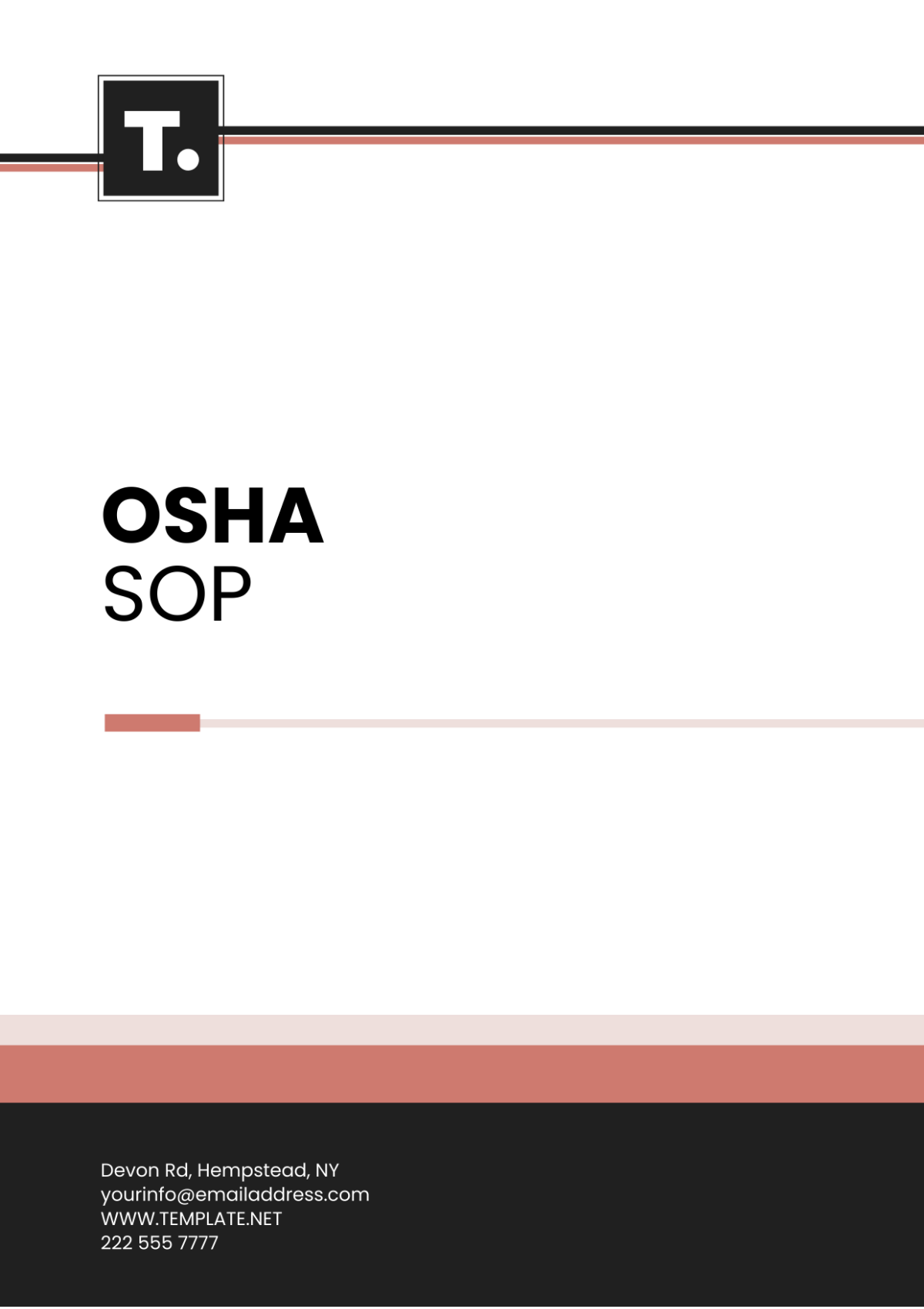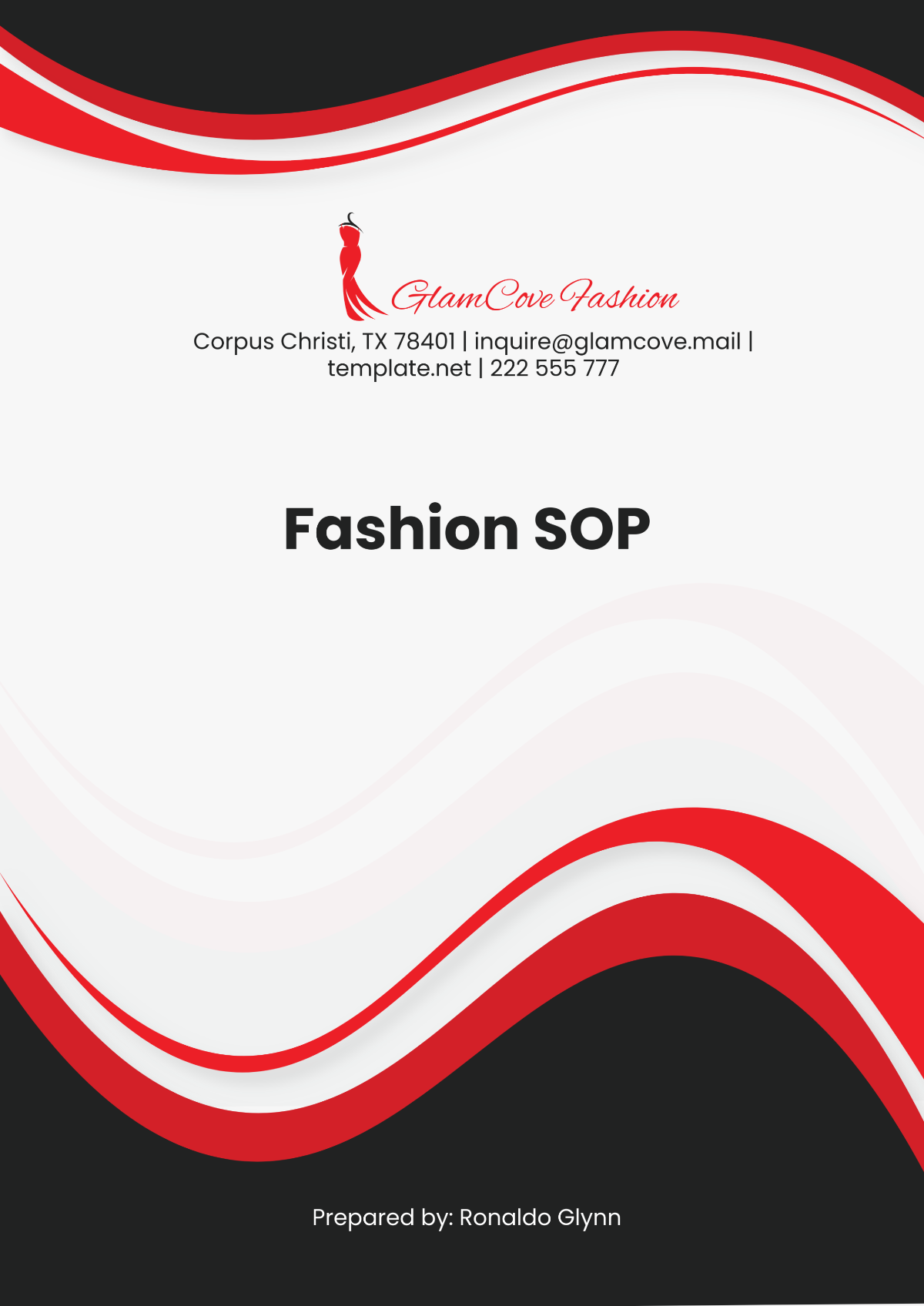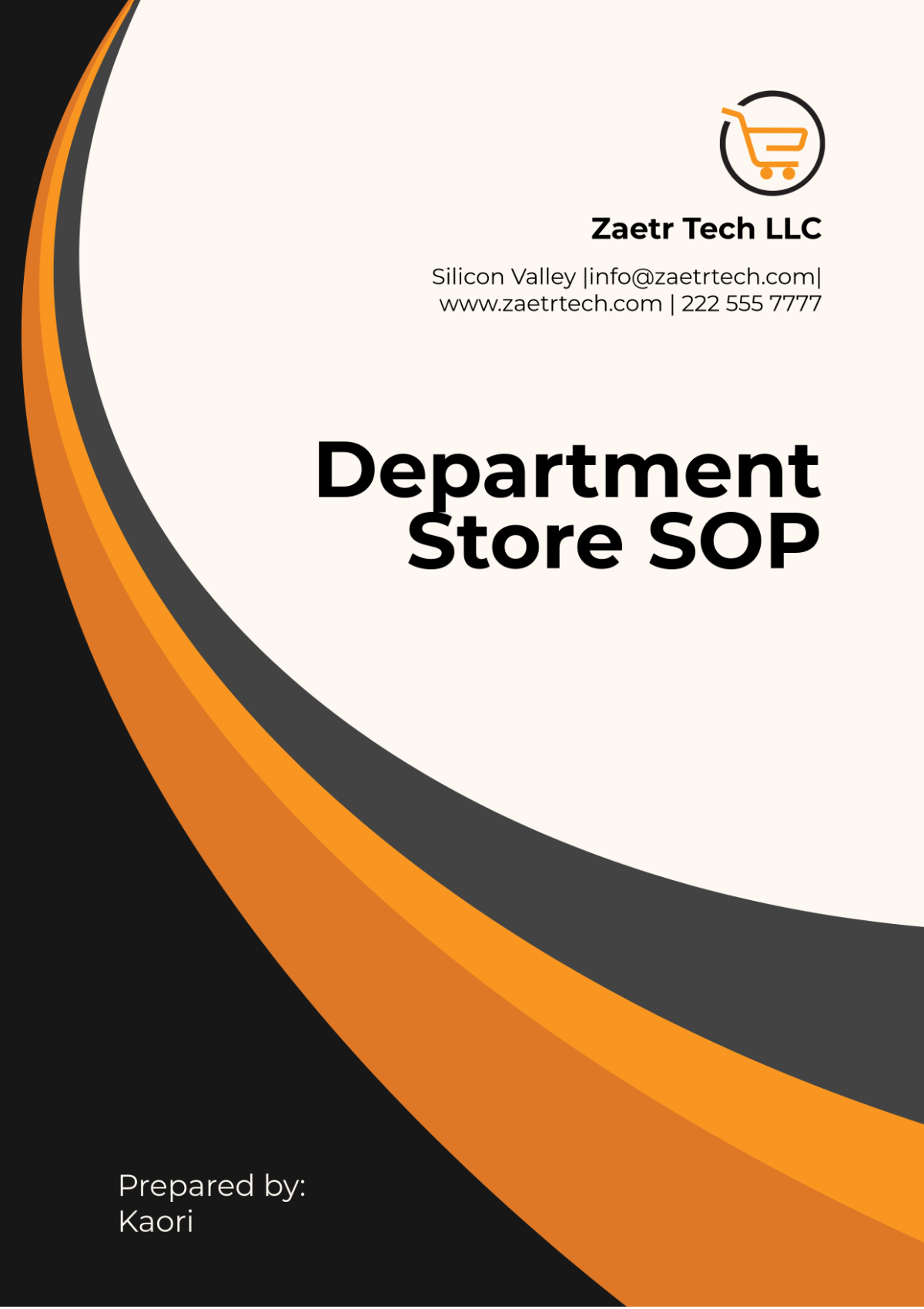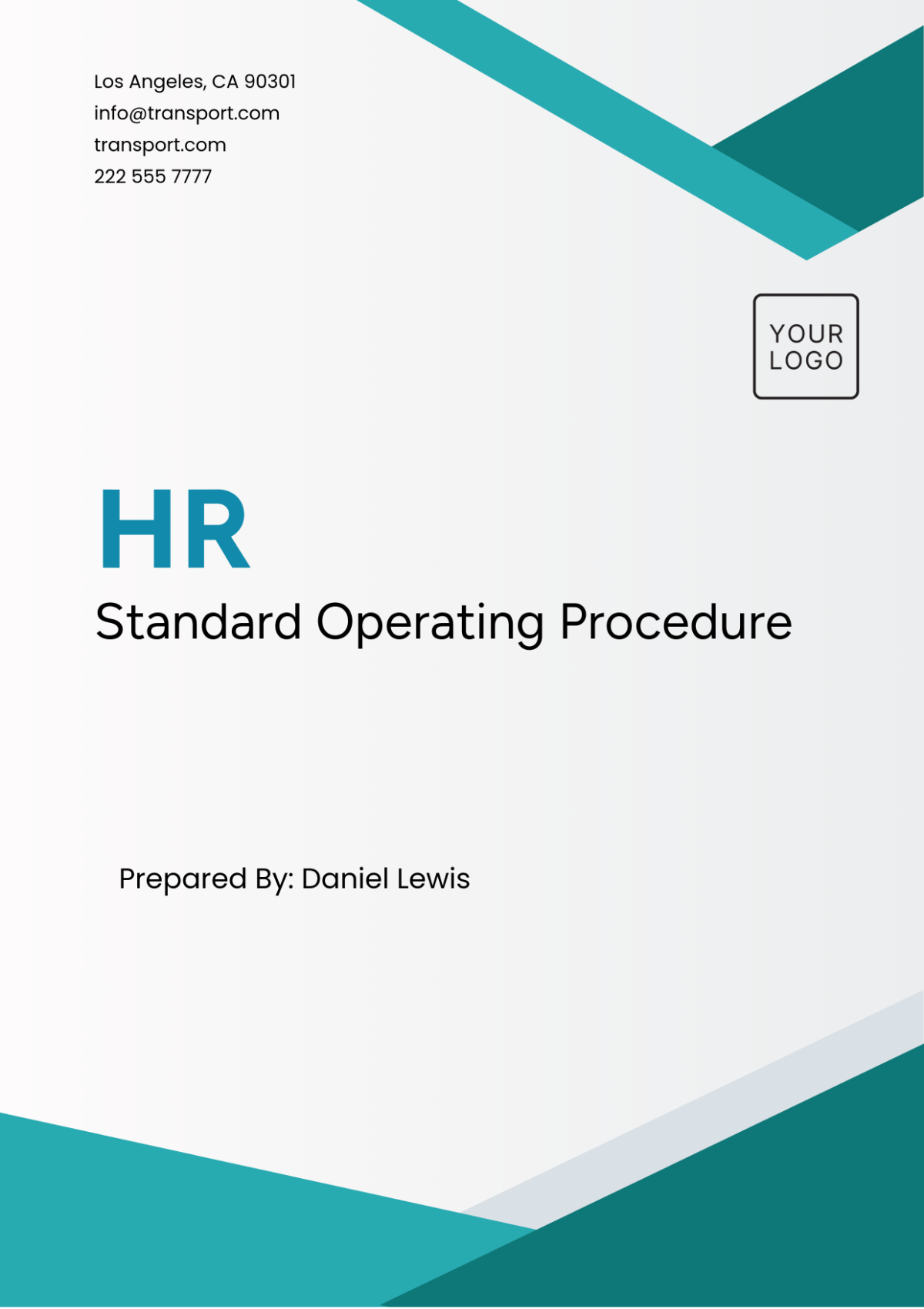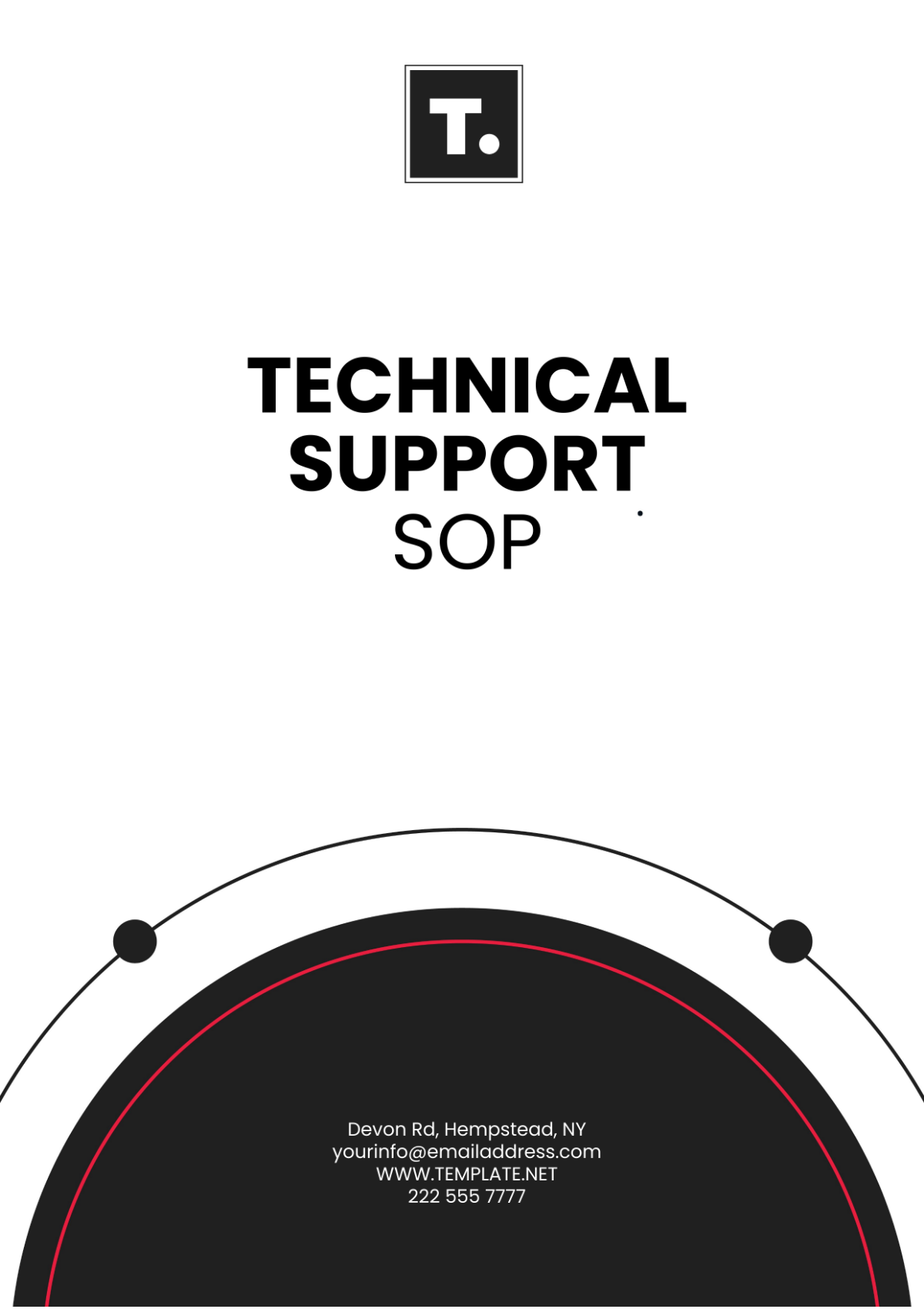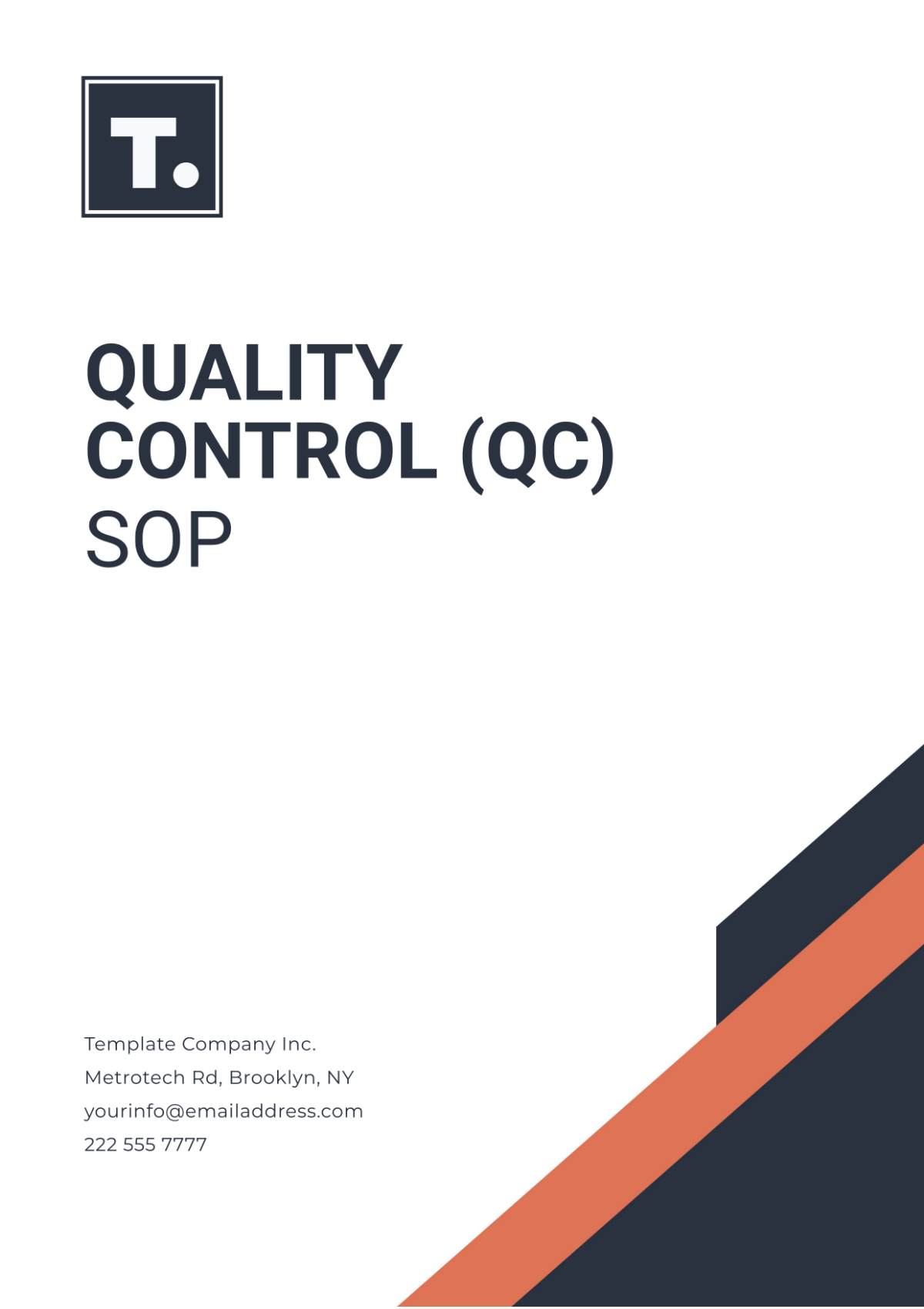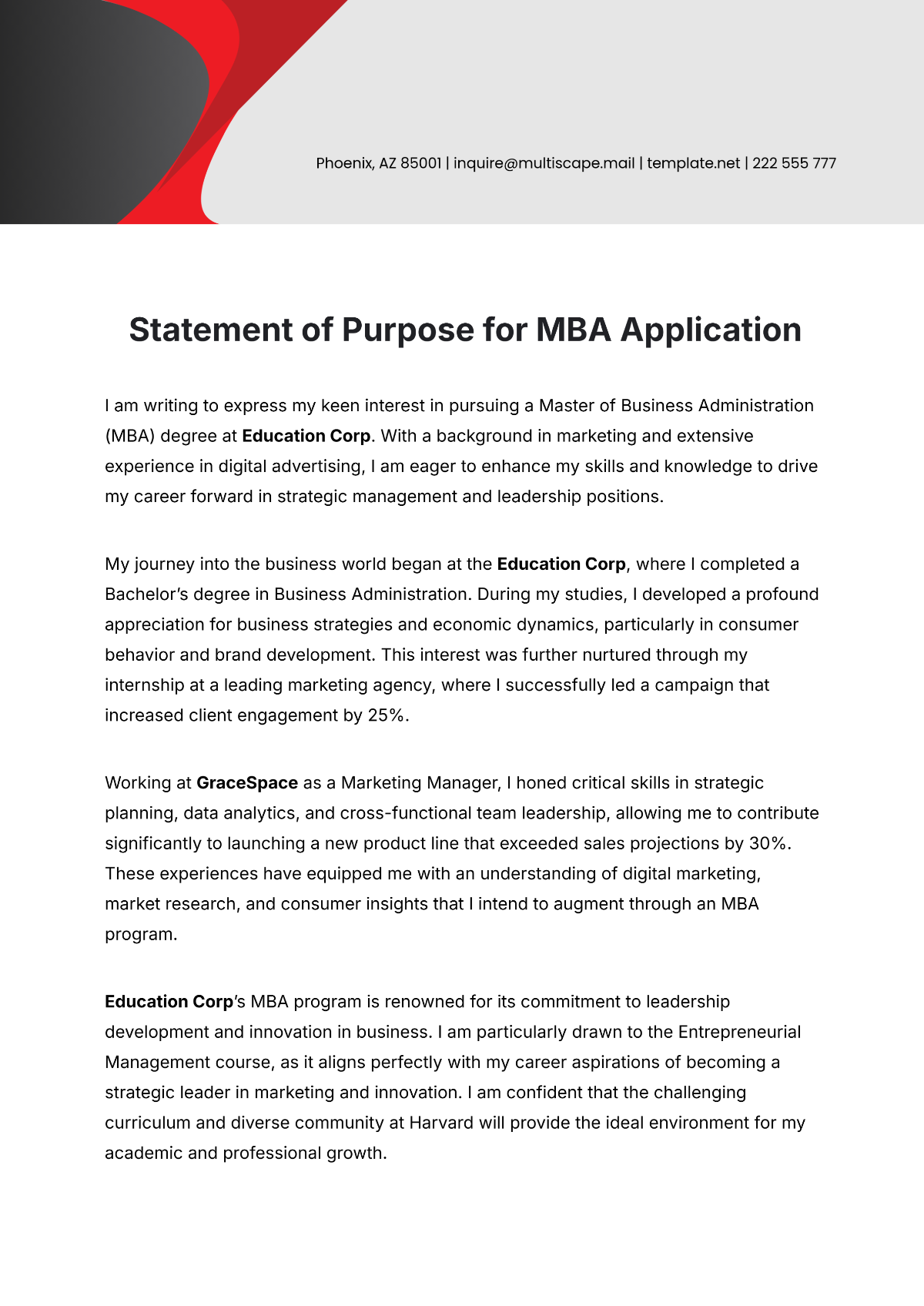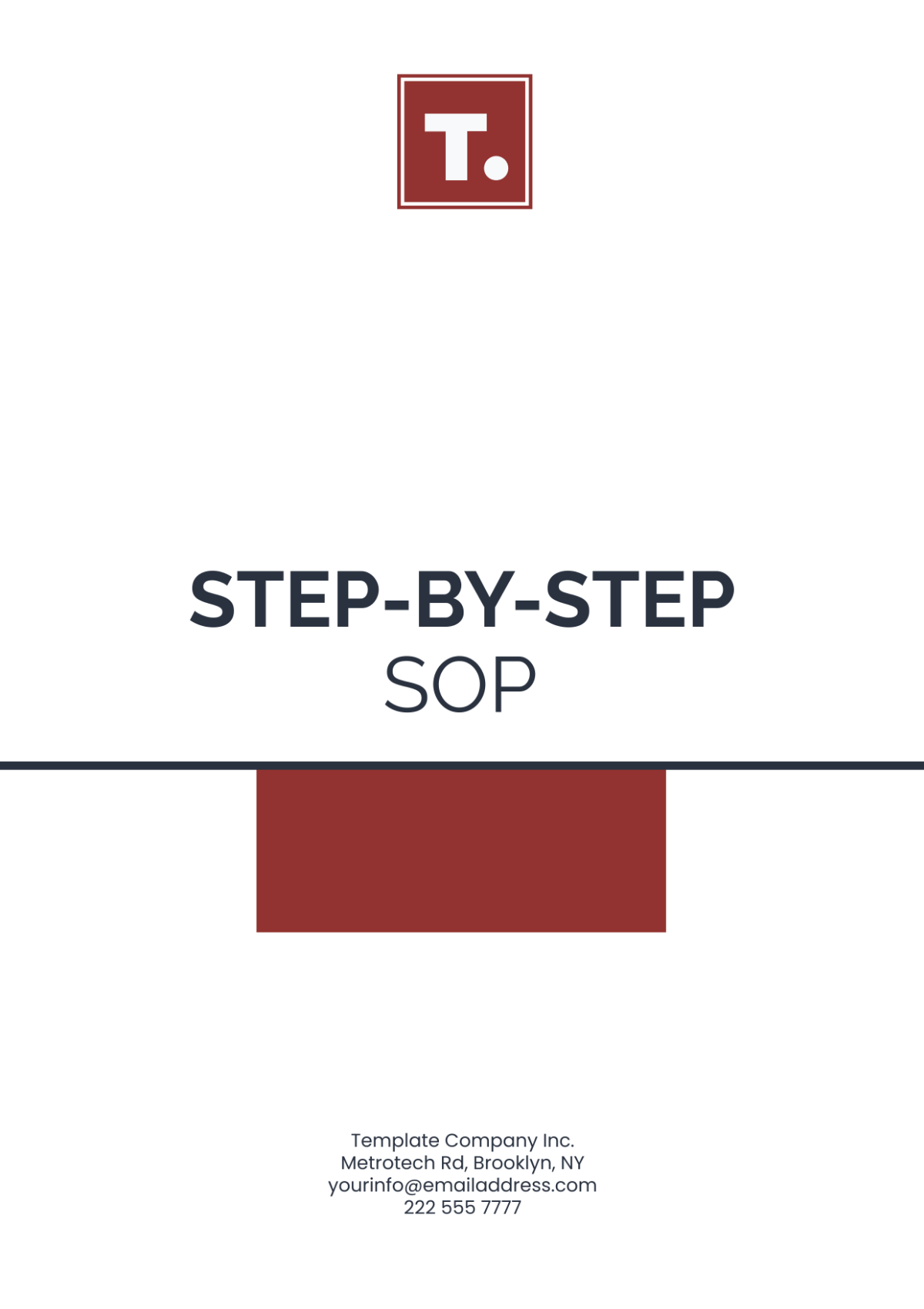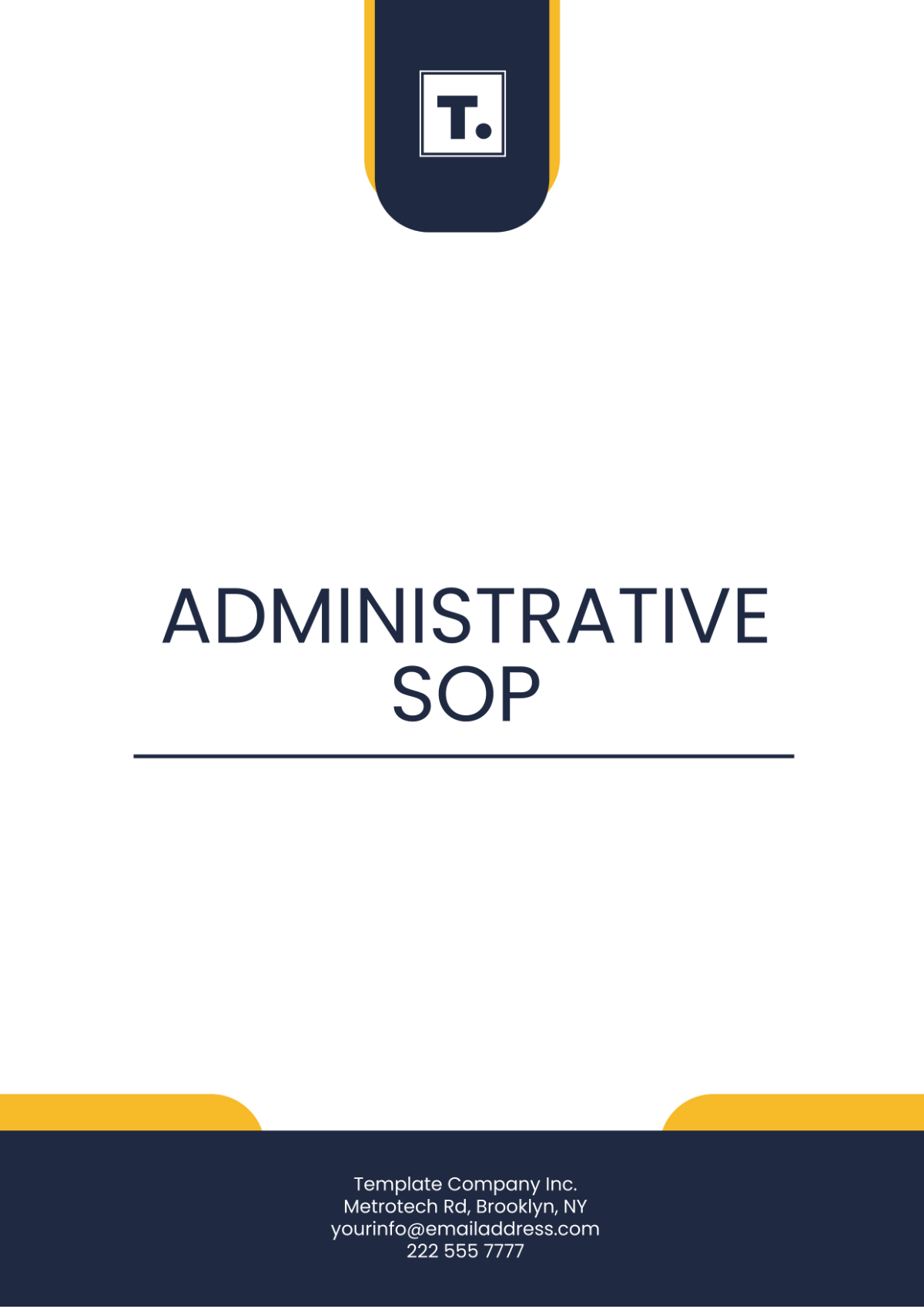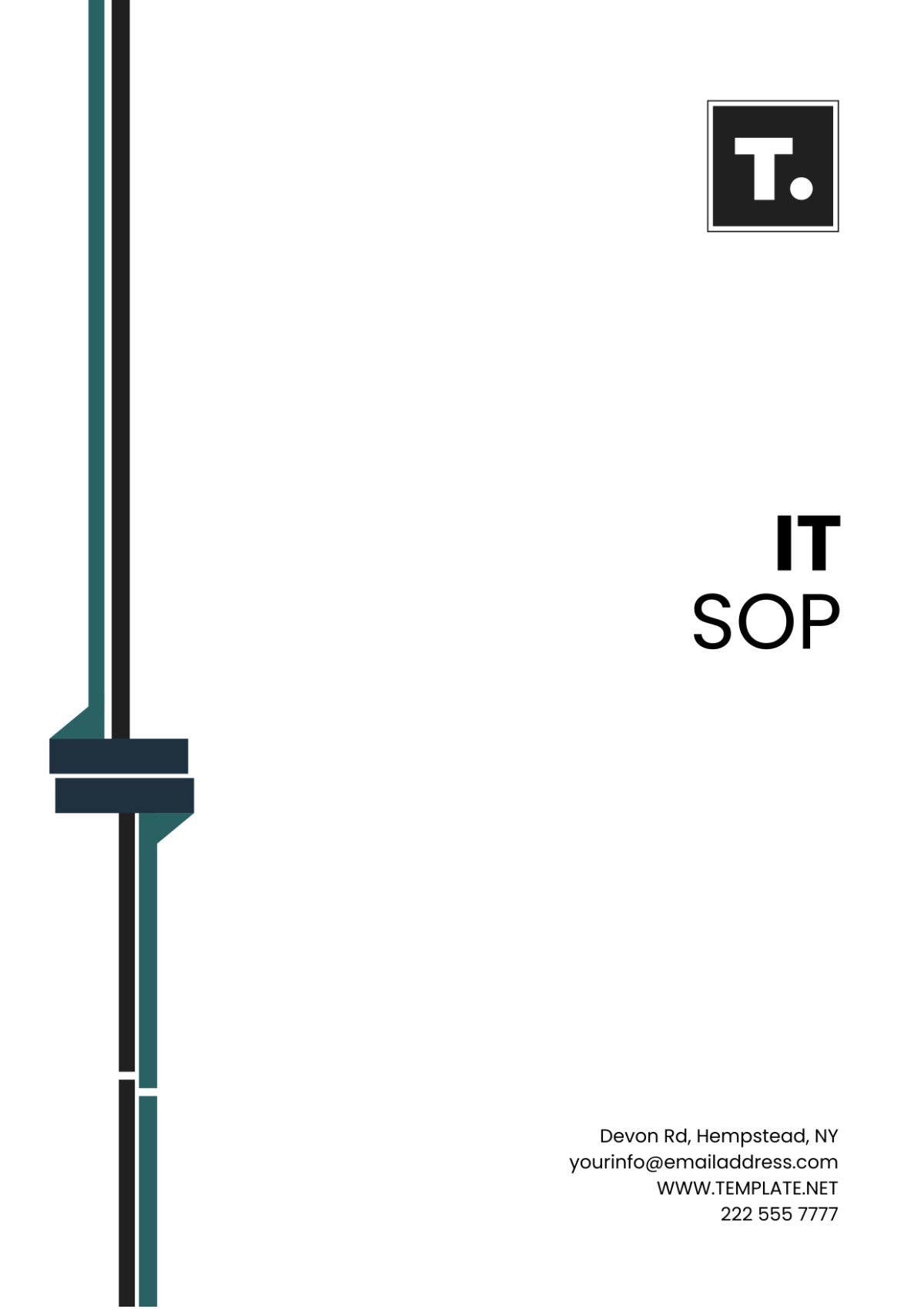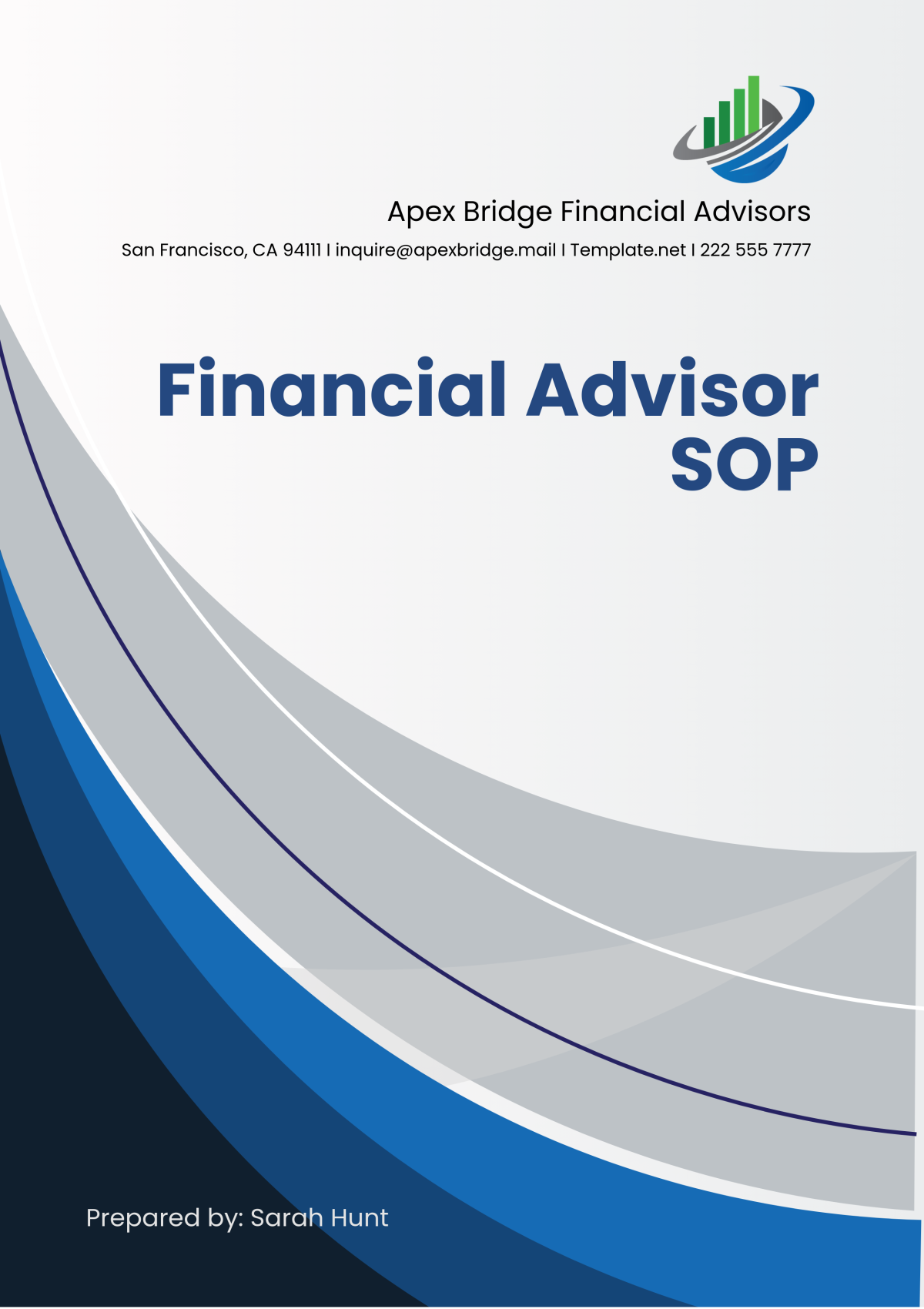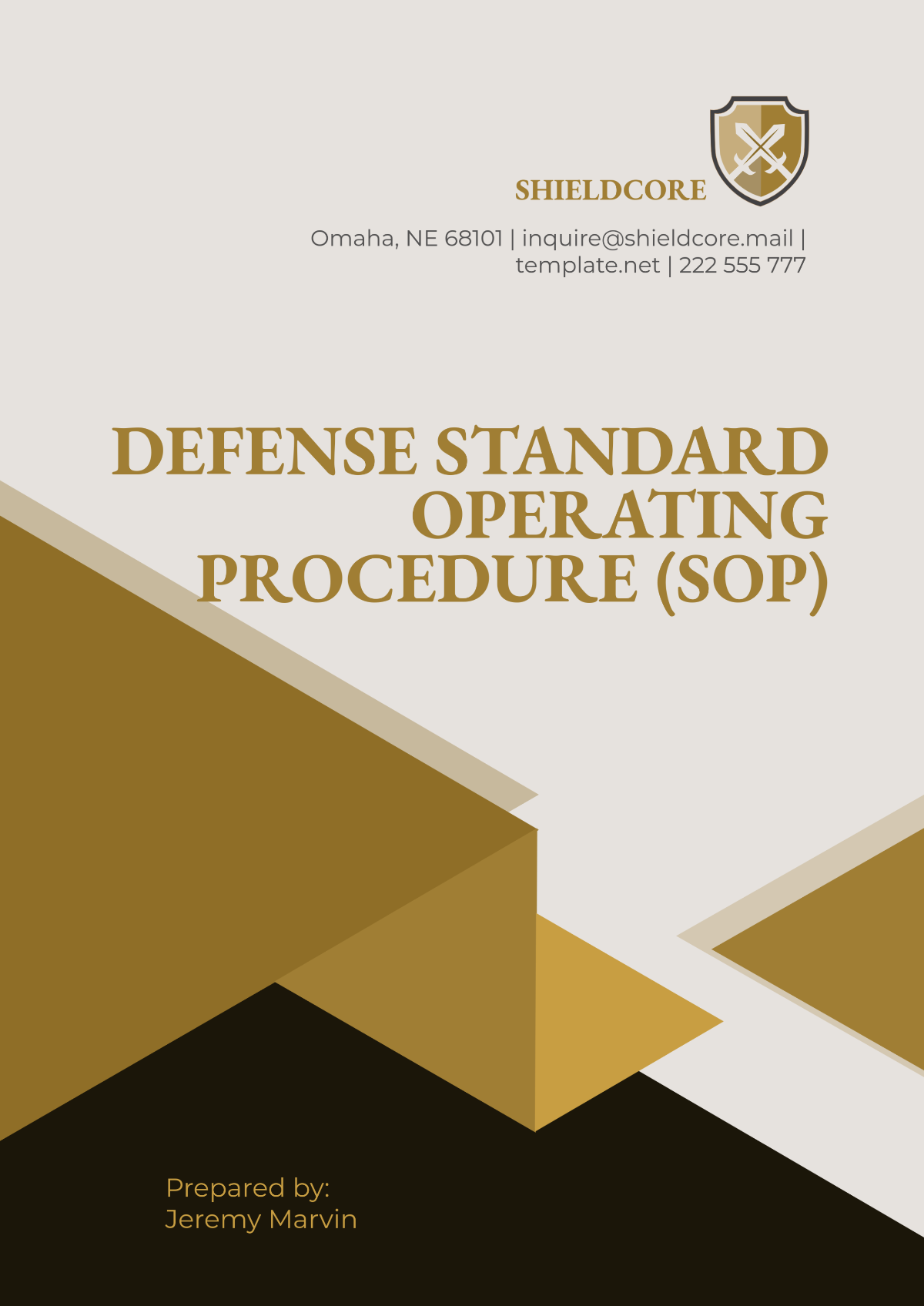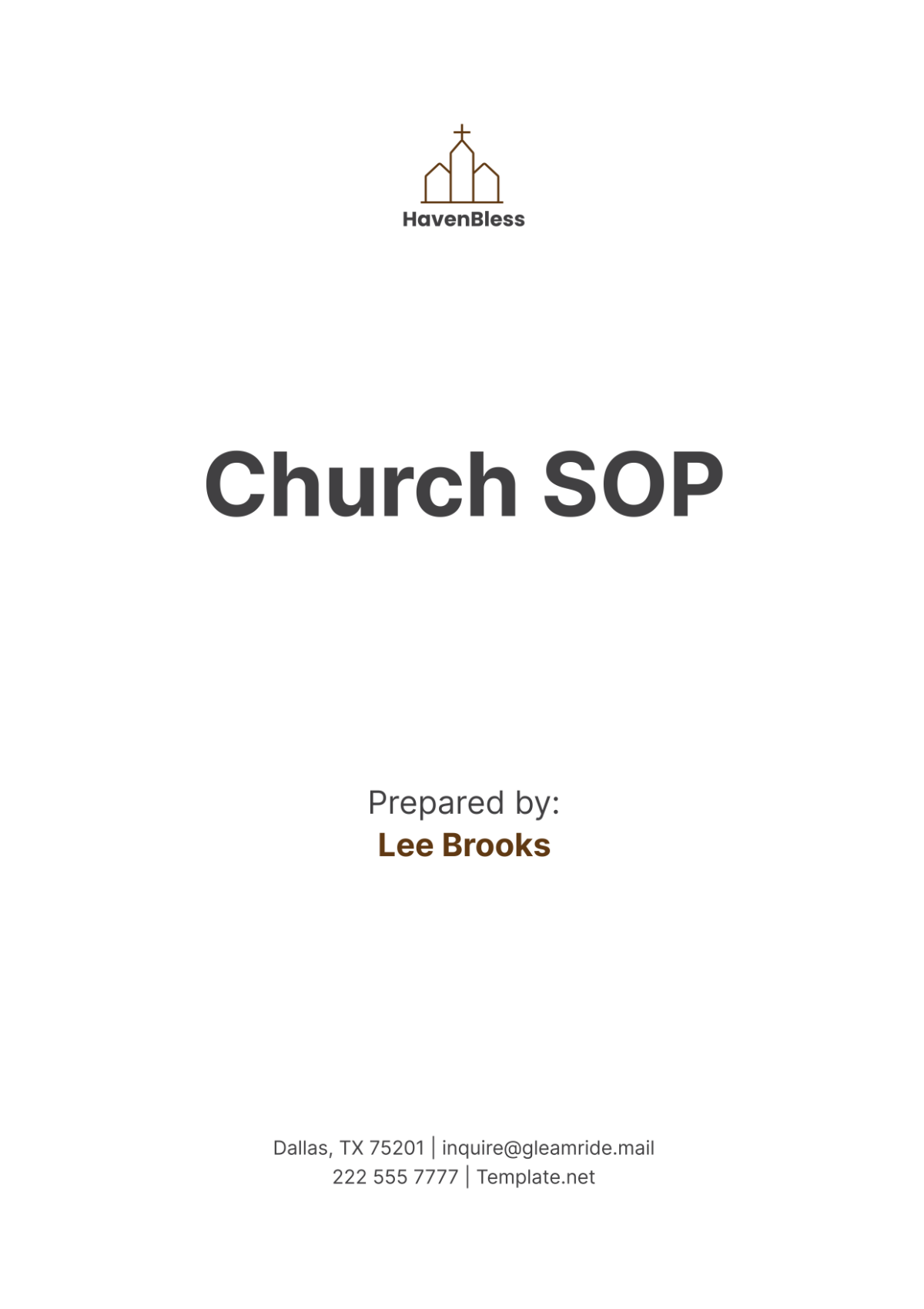Free Spa Sales SOP
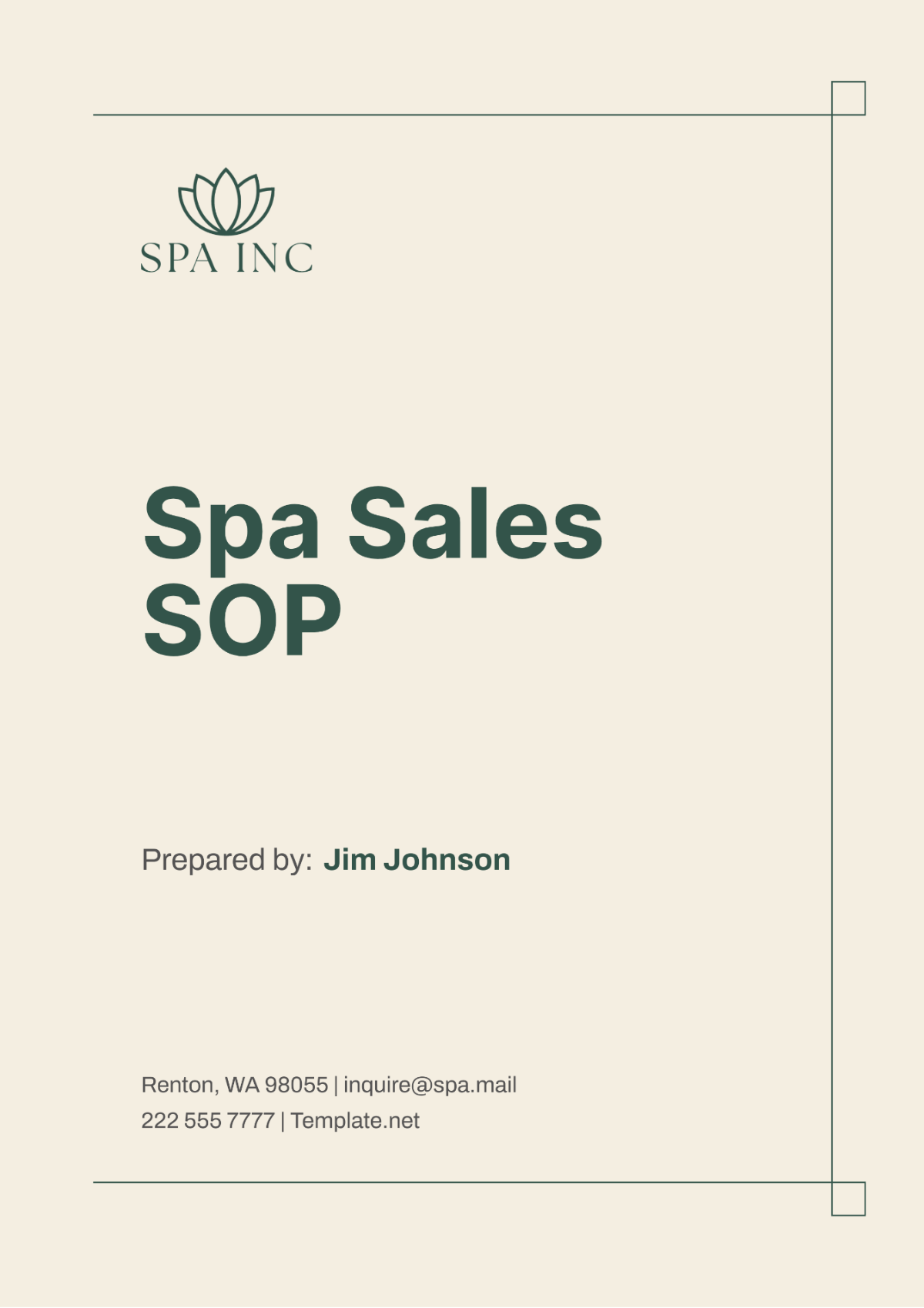
- 100% Customizable, free editor
- Access 1 Million+ Templates, photo’s & graphics
- Download or share as a template
- Click and replace photos, graphics, text, backgrounds
- Resize, crop, AI write & more
- Access advanced editor
Discover Template.net's Spa Sales SOP Template, a professional solution for your spa business. This editable and customizable template is designed to streamline your sales procedures, offering clarity and consistency. Editable in our Ai Editor Tool, it ensures a seamless experience in creating and managing your standard operating procedures.
You may also like
Spa Sales SOP
I. Objective
This Standard Operating Procedure (SOP) is designed to outline and standardize the sales process at [Your Company Name]. The aim is to ensure a high level of customer satisfaction and maximize sales efficiency.
At [Your Company Name], we recognize that a well-defined sales process is crucial to providing exceptional service and achieving our business goals. This SOP will serve as a comprehensive guide for all sales team members, detailing each step of the sales process from initial customer contact to post-sale follow-up. By adhering to these guidelines, we can maintain consistency, improve communication, and enhance the overall customer experience.
Customer Satisfaction: Our primary objective is to exceed customer expectations at every stage of the sales process. This involves understanding customer needs, providing personalized recommendations, and ensuring a seamless and enjoyable spa experience. By prioritizing customer satisfaction, we aim to build long-term relationships and foster customer loyalty.
Sales Efficiency: To maximize sales efficiency, this SOP will introduce standardized procedures for managing leads, conducting consultations, and closing sales. Efficient sales practices help reduce operational costs, increase revenue, and ensure that sales targets are met consistently. This SOP will include best practices for time management, follow-up strategies, and leveraging technology to streamline sales activities.
Compliance with US Law/Standards: All sales activities will be conducted in compliance with relevant US laws and industry standards. This includes adhering to privacy regulations, providing transparent pricing information, and ensuring that all sales communications are honest and ethical. By maintaining legal and ethical standards, we protect our reputation and build trust with our customers.
II. Scope
This SOP applies to all employees in the sales department of [Your Company Name], including sales associates, sales managers, and any other staff involved in the sales process. It encompasses all sales activities from initial customer contact to post-sale follow-up, ensuring that every team member understands their responsibilities and adheres to standardized procedures.
Sales Associates: Responsible for direct customer interactions, consultations, and closing sales. They must follow the outlined procedures to provide consistent and high-quality service.
Sales Managers: Oversee the sales team, ensure compliance with the SOP, provide training and support, and monitor performance to achieve sales targets.
Other Sales Staff: Includes any additional personnel involved in the sales process, such as administrative support or marketing staff, who must also adhere to the guidelines specified in this SOP.
By defining the scope clearly, we ensure that every member of the sales department at [Your Company Name] understands their role and the importance of following standardized procedures to achieve our sales objectives and maintain high customer satisfaction.
III. Sales Process
The sales process at [Your Company Name] is designed to ensure a seamless and personalized experience for every customer. By following these steps, our sales team can effectively understand and meet customer needs, resulting in higher satisfaction and increased sales.
1. Customer Interaction
Customer interaction is the first critical step in our sales process. Making a positive first impression sets the tone for the entire customer experience.
1.1 Initial Greeting
The initial greeting is vital in creating a welcoming atmosphere. Greet the customer warmly within 10 seconds of their arrival, offer refreshments, and provide a comfortable seating area. Begin the interaction by asking open-ended questions to understand their needs.
Welcome the customer warmly within 10 seconds of their arrival.
Offer refreshments and a comfortable seating area.
Ask open-ended questions to understand their needs.
2. Needs Assessment
A thorough needs assessment ensures that we accurately identify and address the customer's preferences and requirements.
Conduct a detailed consultation to discover the spa treatments and facilities the customer is interested in:
Spa treatments they are interested in.
Spa facilities they would like to use.
Budget constraints.
Special occasions or requirements.
3. Product Recommendations
Based on the needs assessment, provide tailored product recommendations to the customer.
Present spa packages and individual services based on the customer's needs.
Offer promotions or discounts if applicable.
4. Sales Closure
The final step involves closing the sale by ensuring the customer feels confident and informed.
Address any questions or concerns from the customer.
Outline the next steps, including booking and payment options.
IV. Payment Process
The payment process at [Your Company Name] is structured to provide a seamless and transparent experience for our customers. It encompasses the acceptance of various payment methods and the issuance of detailed invoices to ensure clarity and accuracy in all transactions.
1. Payment Methods
We offer multiple payment options to accommodate the diverse preferences of our customers, ensuring a convenient and hassle-free payment experience.
Credit/Debit Cards: We accept all major credit and debit cards. Ensure that the card is processed securely and that the customer receives a receipt for the transaction.
Cash: Cash payments are also accepted. Provide the customer with a receipt, and ensure that the cash is securely stored and recorded in the sales system.
Gift Vouchers: Customers can use valid gift vouchers as a form of payment. Verify the voucher's authenticity and value before processing the payment. Apply any remaining balance to the customer's account if the voucher exceeds the total purchase amount.
2. Invoicing
Invoicing is a critical component of our payment process, ensuring that customers receive a transparent and comprehensive summary of their transactions.
Detailed Invoice: Provide a detailed invoice for all services and products purchased. The invoice should include the date, list of services rendered, products purchased, and any applicable taxes or discounts.
Clear Itemization: Ensure all charges are clearly itemized, providing a breakdown of costs for each service or product. This transparency helps build trust and allows customers to understand exactly what they are paying for.
Customer Verification: Before finalizing the invoice, review the charges with the customer to confirm accuracy and address any questions or discrepancies. This step helps prevent misunderstandings and ensures customer satisfaction.
V. Customer Follow-Up
The customer follow-up process at [Your Company Name] is essential for maintaining high levels of customer satisfaction and fostering long-term relationships. By systematically gathering feedback and engaging customers through loyalty programs, we can continuously improve our services and encourage repeat business.
1. Post-Service Feedback
Gathering post-service feedback is a crucial step in understanding the customer experience and identifying areas for improvement.
Email or Phone Call: Within [48] hours of the customer's visit, send a personalized email or make a phone call to gather feedback. This timely follow-up shows that we value their opinion and are committed to ensuring their satisfaction.
Feedback Questions: Include questions such as:
How was your overall experience at our spa?
Were you satisfied with the service provided?
Is there anything we could have done better?
Would you recommend our spa to others?
Recording Feedback: Record all feedback in the customer database. This information helps us track trends, address recurring issues, and personalize future interactions. Make sure to categorize feedback into actionable items and address any negative comments promptly.
2. Loyalty Programs
Loyalty programs are designed to reward our repeat customers and encourage continued patronage.
Enrollment: Enroll customers in our loyalty programs during their visit or follow-up call. Explain the benefits of the program, such as exclusive discounts, early access to promotions, and special event invitations.
Program Benefits: Highlight key benefits of the loyalty program, including:
Points accumulation for every dollar spent
Discounts on future services and products
Complimentary treatments after reaching certain milestones
Birthday and anniversary specials
Referral bonuses for bringing in new customers
Promotions and Events: Inform customers of any upcoming promotions or special events. This can include seasonal discounts, new service launches, or exclusive member-only events. Keeping customers informed and engaged helps maintain their interest and loyalty.
Personalized Communication: Send personalized emails or messages to loyalty program members with tailored offers based on their preferences and past purchases. Regularly update them on their points balance and available rewards.
Tracking and Analysis: Regularly review loyalty program data to assess its effectiveness. Analyze participation rates, redemption patterns, and customer feedback to refine the program and enhance its appeal.
By implementing a robust customer follow-up process, [Your Company Name] can ensure continuous improvement in service quality and strengthen customer relationships. This approach not only enhances customer satisfaction but also drives repeat business and fosters long-term loyalty.
VI. Quality Assurance
Ensuring consistent quality and adherence to established procedures is vital for maintaining high standards at [Your Company Name]. The quality assurance process includes regular internal audits and comprehensive training programs for all sales staff to uphold the integrity of our sales operations.
1. Internal Audits
Internal audits are essential for verifying compliance with this SOP and identifying areas for improvement.
Monthly Audits: Conduct monthly audits of sales transactions and procedures. These audits should be thorough and cover all aspects of the sales process, including initial customer interactions, needs assessments, product recommendations, sales closures, and payment processing.
Audit Checklist: Use a standardized checklist to ensure consistency during audits. The checklist should include:
Adherence to greeting protocols
Accuracy of needs assessments
Relevance and appropriateness of product recommendations
Proper handling of customer inquiries and concerns
Compliance with payment processing procedures
Correctness of invoicing and clear itemization
Reporting and Feedback: Document audit findings in detailed reports. Share these reports with relevant team members and management. Provide constructive feedback and highlight areas of excellence and areas needing improvement.
Corrective Actions: Implement corrective actions for any identified issues. This may involve revising procedures, retraining staff, or addressing systemic problems. Follow up on corrective actions to ensure they are effective and sustainable.
2. Training
Continuous training ensures that all sales staff are well-equipped to perform their duties and comply with this SOP.
Initial Training: All new sales staff must undergo comprehensive initial training. This training should cover the entire sales process, customer service best practices, and compliance with relevant laws and standards. Use a combination of theoretical instruction and practical exercises to reinforce learning.
Periodic Refresher Courses: Schedule periodic refresher courses to keep staff updated on any changes to procedures, new products or services, and industry developments. Refresher courses should be interactive and involve role-playing scenarios to practice and refine skills.
Ongoing Support: Provide ongoing support and resources to help sales staff excel in their roles. This includes access to training materials, one-on-one coaching, and opportunities for professional development. Encourage staff to seek assistance and clarify doubts as needed.
Evaluation and Feedback: Regularly evaluate the performance of sales staff through observations, customer feedback, and performance metrics. Offer constructive feedback and recognize achievements to motivate and guide staff.
Contact Information: Should there be any issues or concerns regarding this SOP, please contact [Your Company Email] or call [Your Company Number]. Providing clear channels for communication ensures that staff can easily report problems and seek guidance when necessary.
By implementing a robust quality assurance framework, [Your Company Name] can maintain high standards of service and ensure that all sales activities align with our goals and customer expectations. This commitment to quality helps build trust and fosters a positive reputation for our spa.
